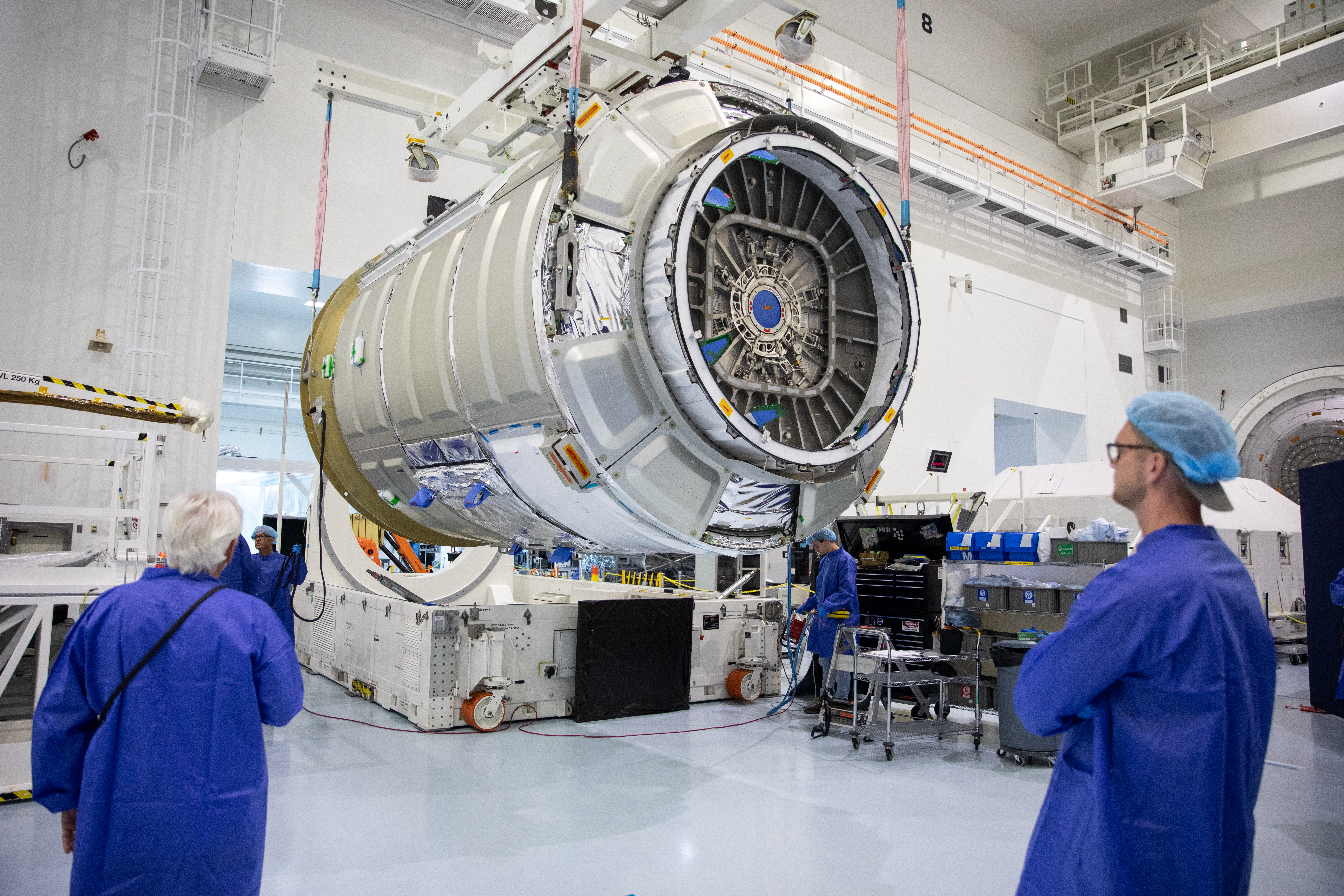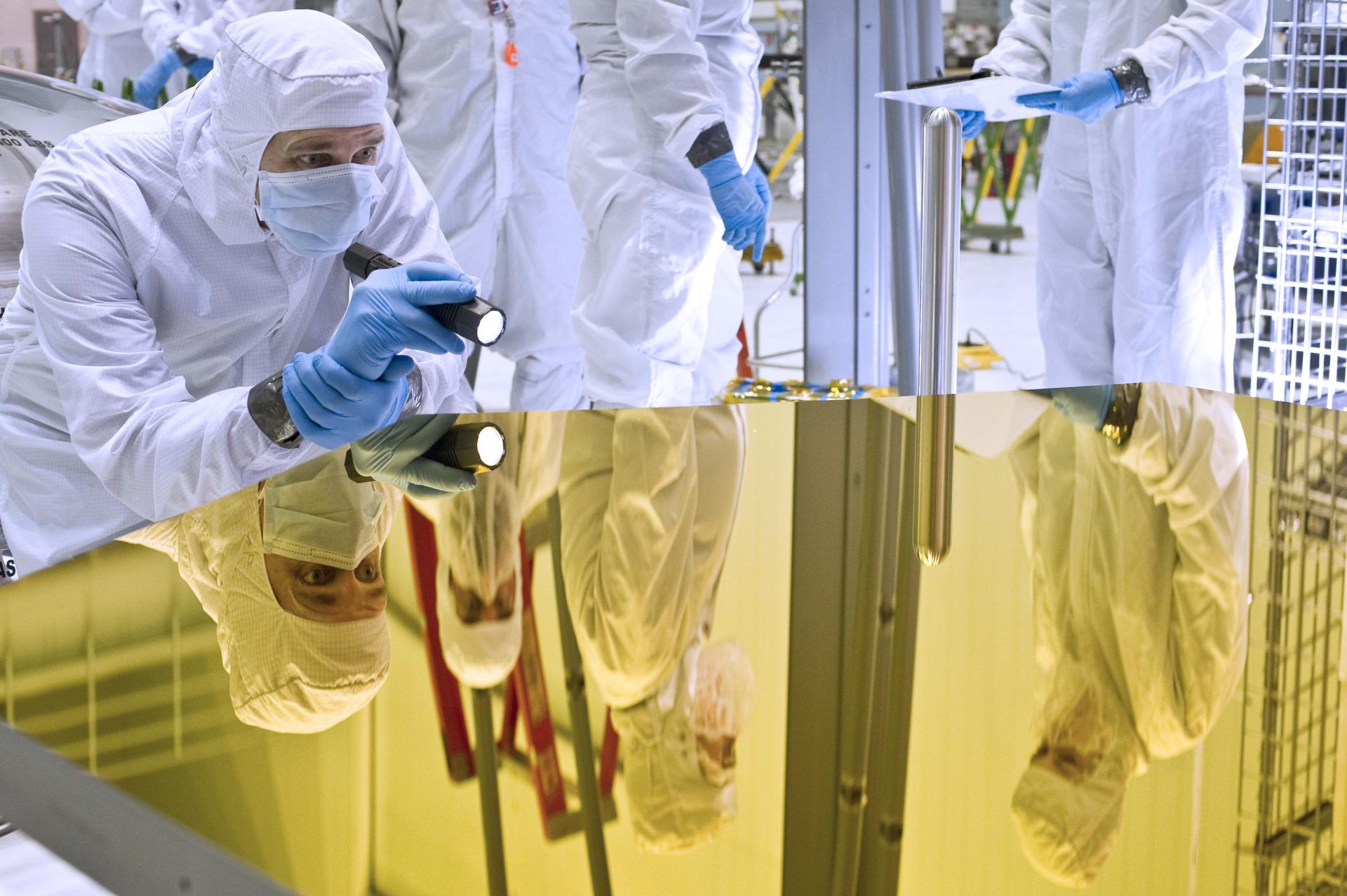ISS Daily Summary Report – 3/20/2023
Payloads: Cardinal Heart 2.0: Samples were removed from the Glacier facility. A previous investigation showed that four weeks of microgravity exposure caused significant changes in heart cell function and gene expression that could lead to long-term damage or cardiac muscle atrophy. Effect of Microgravity on Drug Responses Using Heart Organoids (Cardinal Heart 2.0) uses heart …

ISS Daily Summary Report – 3/20/2023
Cardinal Heart 2.0: Samples were removed from the Glacier facility. A previous investigation showed that four weeks of microgravity exposure caused significant changes in heart cell function and gene expression that could lead to long-term damage or cardiac muscle atrophy. Effect of Microgravity on Drug Responses Using Heart Organoids (Cardinal Heart 2.0) uses heart organoids to test whether clinically approved drugs reduce these microgravity-induced changes in heart cell function. Results could support development of effective drug combinations to improve the health of astronauts and patients on Earth.
Exposed Experiment Bracket Attached on i-SEEP (ExBAS): The Exposed Experiment Bracket and Sample 1-2 were installed onto the Payload Attachment Plate on the JEM Airlock slide table. Space BD has jointly developed the ExBAS facility with JAXA since 2020 to provide research opportunities to expose materials to the space environment, the main focus to date. This mission will comprise two experiment samples. The Space BD Space Delivery Project 2 (Space BD-SDP 2) comprises a collection of materials to be exposed to the space environment to evaluate their durability, and to help expand the horizons of future space technology development. The Astrobiology Japan 5 (Tanpopo-5) investigation studies the origin, transportation, and survival of life in space. Radioresistant microbes of Deionococcus radiodurans, sporophytes of the moss Physcomitrium patens, nucleotide precursors, amino acids, and peptides are exposed to the space environment for six months.
Multiple User System for Earth Sensing Facility (MUSES): Debris and dust was cleaned away from the MUSES Server drawer vent screen. Teledyne Brown Engineering developed the MUSES, an Earth imaging platform, as part of the company’s new commercial space-based digital imaging business. MUSES hosts earth-viewing instruments (Hosted Payloads), such as high-resolution digital cameras, hyperspectral imagers, and provides precision pointing and other accommodations. It hosts up to four instruments at the same time, and offers the ability to change, upgrade, and robotically service those instruments. It also provides a test bed for technology demonstration and technology maturation by providing long-term access to the space environment on the ISS.
Space Health: The Bio-Monitor Garment and Headband was donned for a 48-hour data collection session. The Autonomous Health Monitoring for Adaption Assessment on Long Range Missions Using Big Data Analytic (Space Health) investigation utilizes the Bio-Monitor system for physiological monitoring before, during, and after a mission to the International Space Station to assess the effect of space travel on heart health. The Artemis analytical platform is used to provide automated analysis of the cardiovascular system in order to develop a near real-time assessment tool. The potential use of the Bio-Monitor system and the Artemis platform for future space missions is evaluated.
Systems:
SpaceX-27 (SpX-27) and Northrop Grumman (NG-18) Cargo Operations: The crew transferred cargo between the ISS and the cargo vehicles, SpX-27 and NG-18. The crew will continue removing the more than 6,200 pounds of cargo launched on SpX-27 and then will begin to load SpX-27. The crew will continue loading the NG-18 to prepare for unberth.
Advanced Resistive Exercise Device (ARED) Cable Arm Rope Remove & Replace: Today, the crew removed and re-installed the Cable Arm Ropes on ARED. To finish the ARED setup, the crew applied proper tension to the cables and inspected the cable-pulley system bearings. After re-installation, the Cable Arm Ropes had not fully engaged in the detents due to the cable’s material properties. The ARED is currently not operational for bar exercises until the detents engage. Several exercise sessions using the exercise rope may be required for Cable Arm Ropes to allow the detents to engage.





































